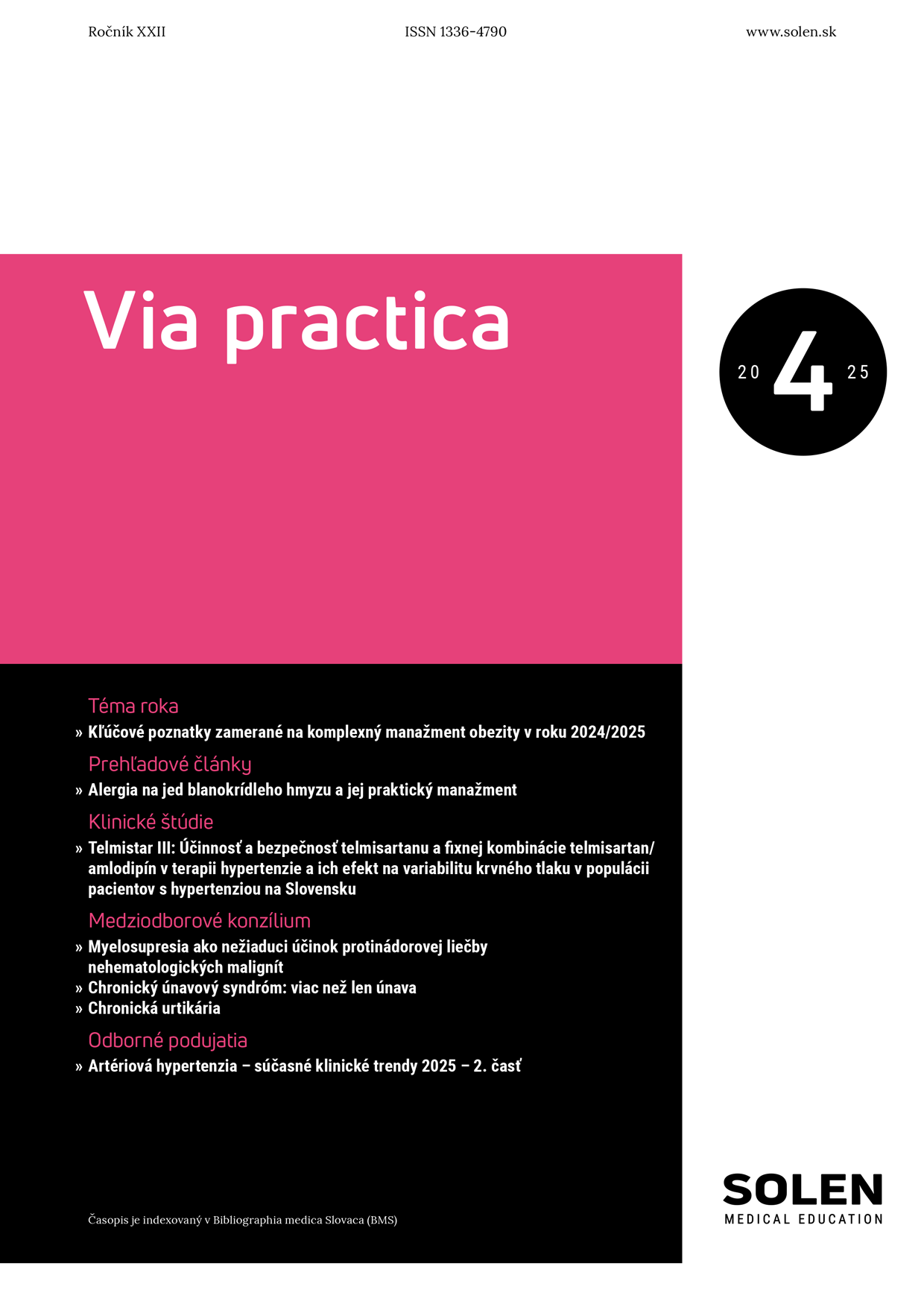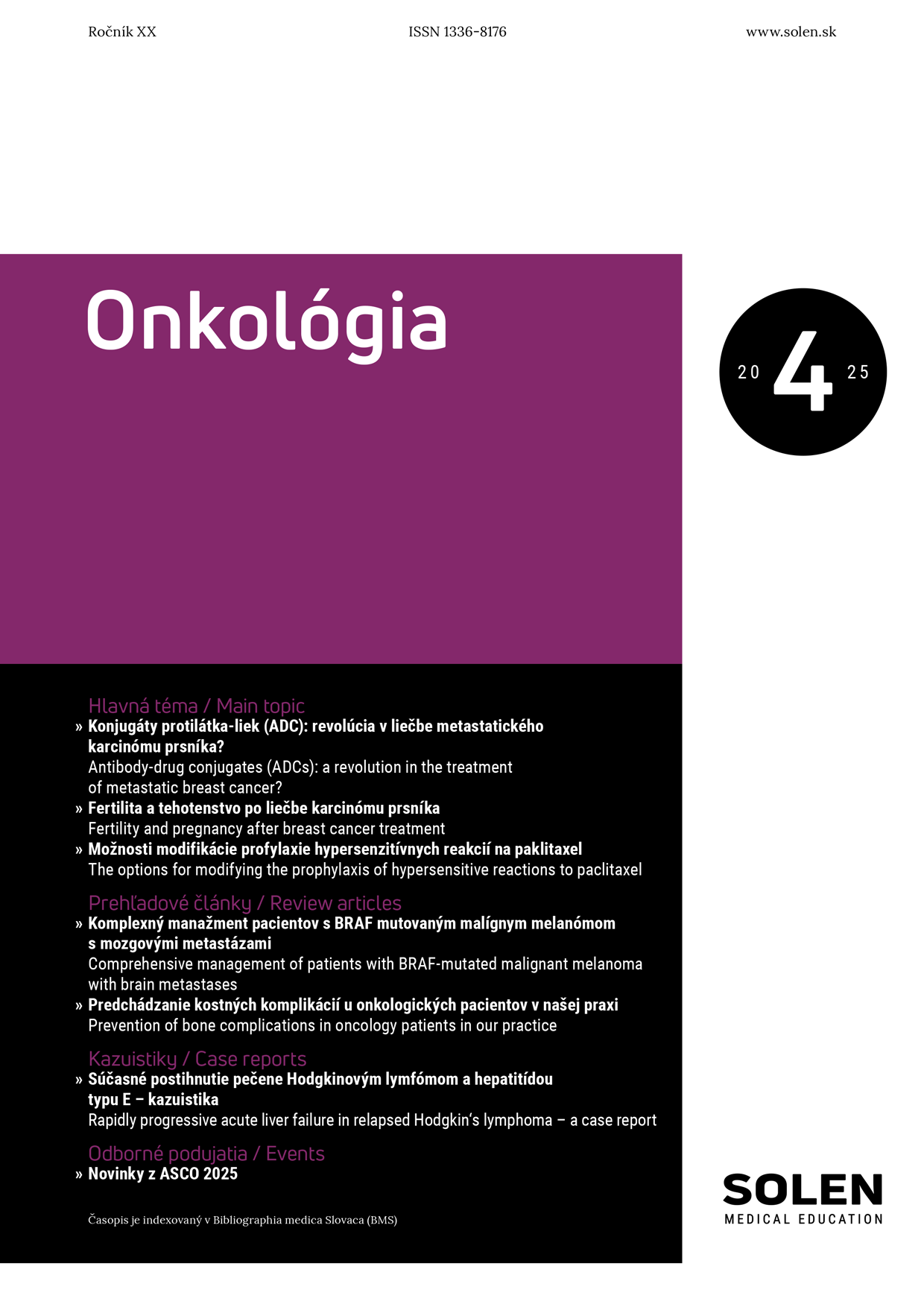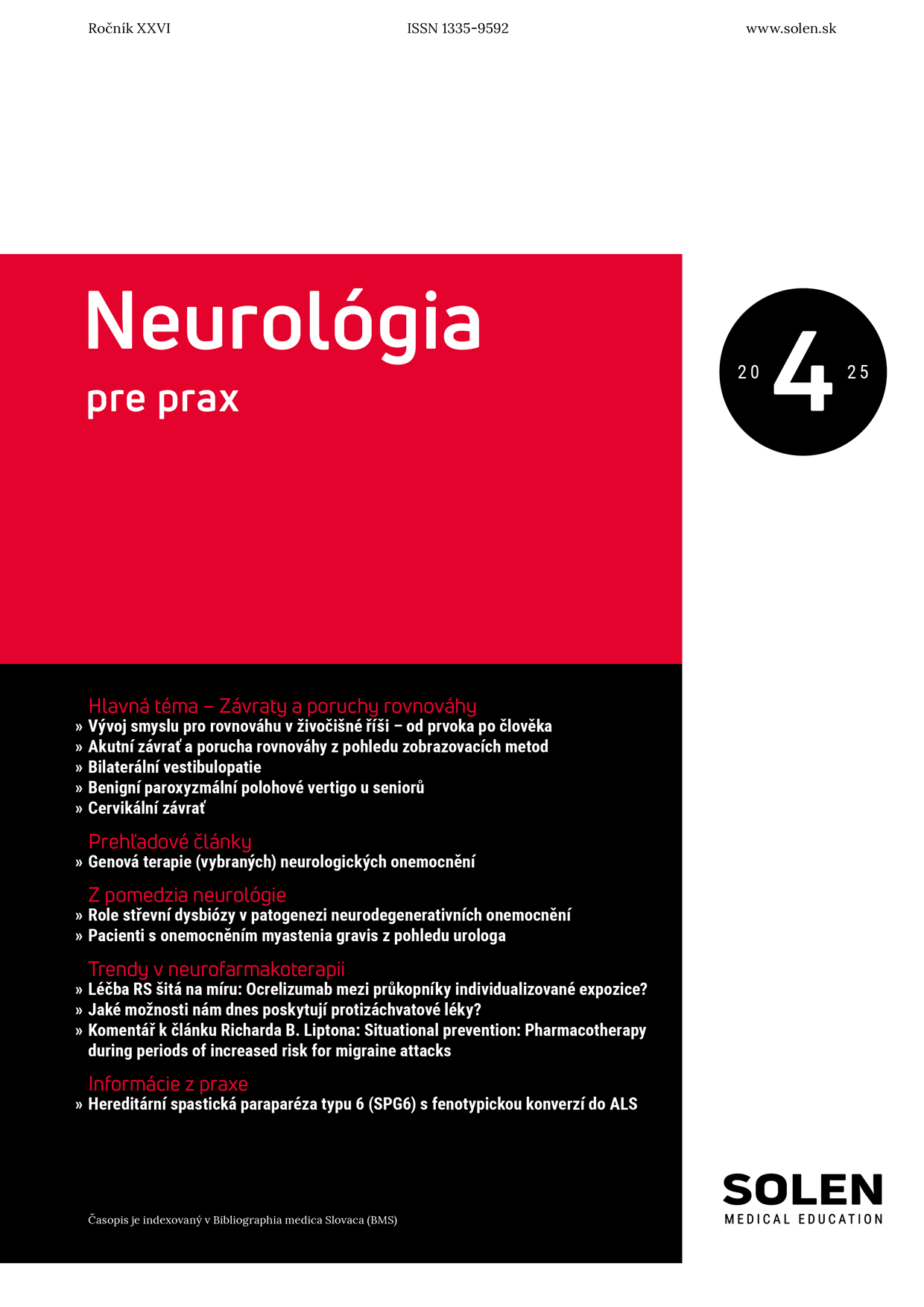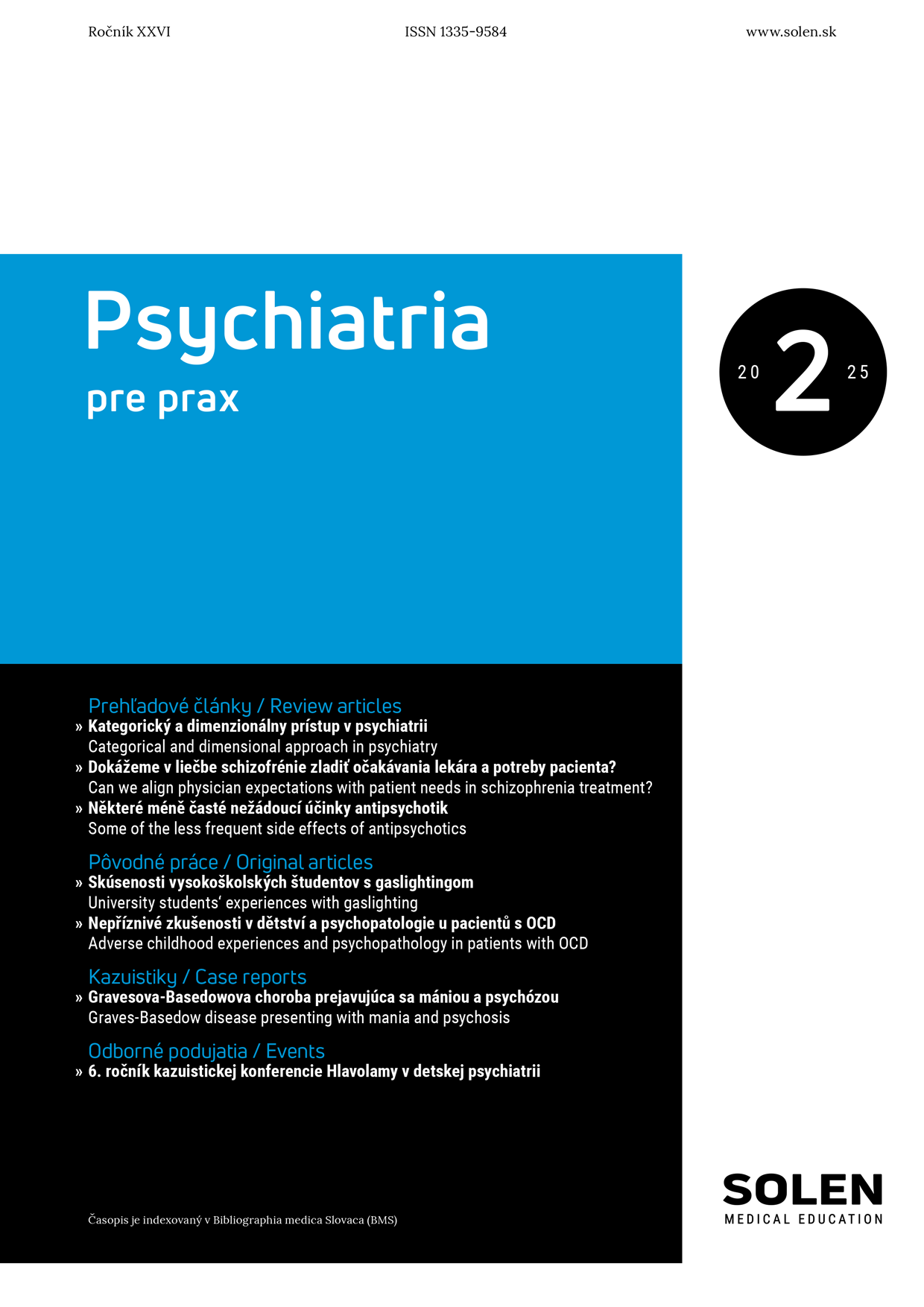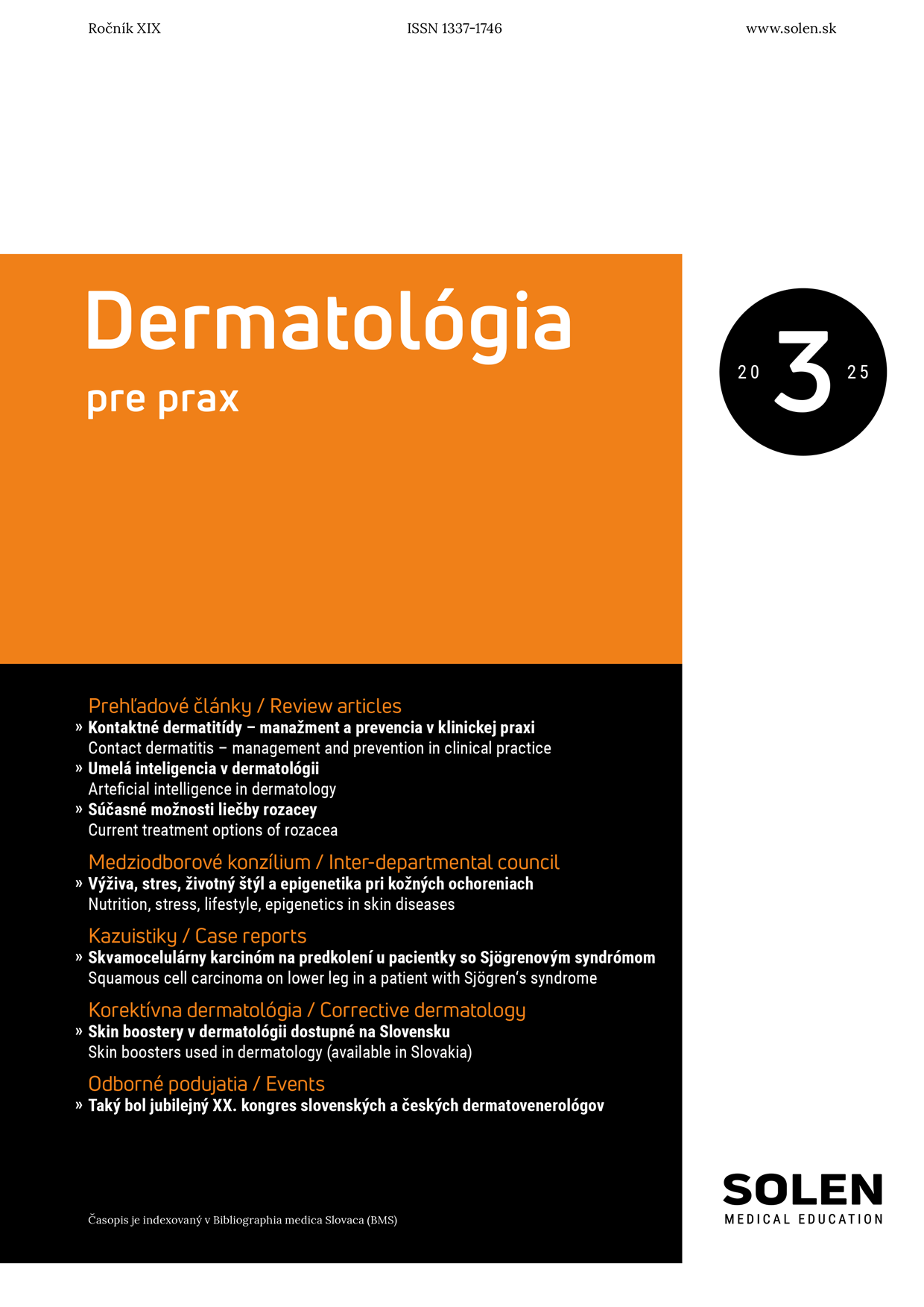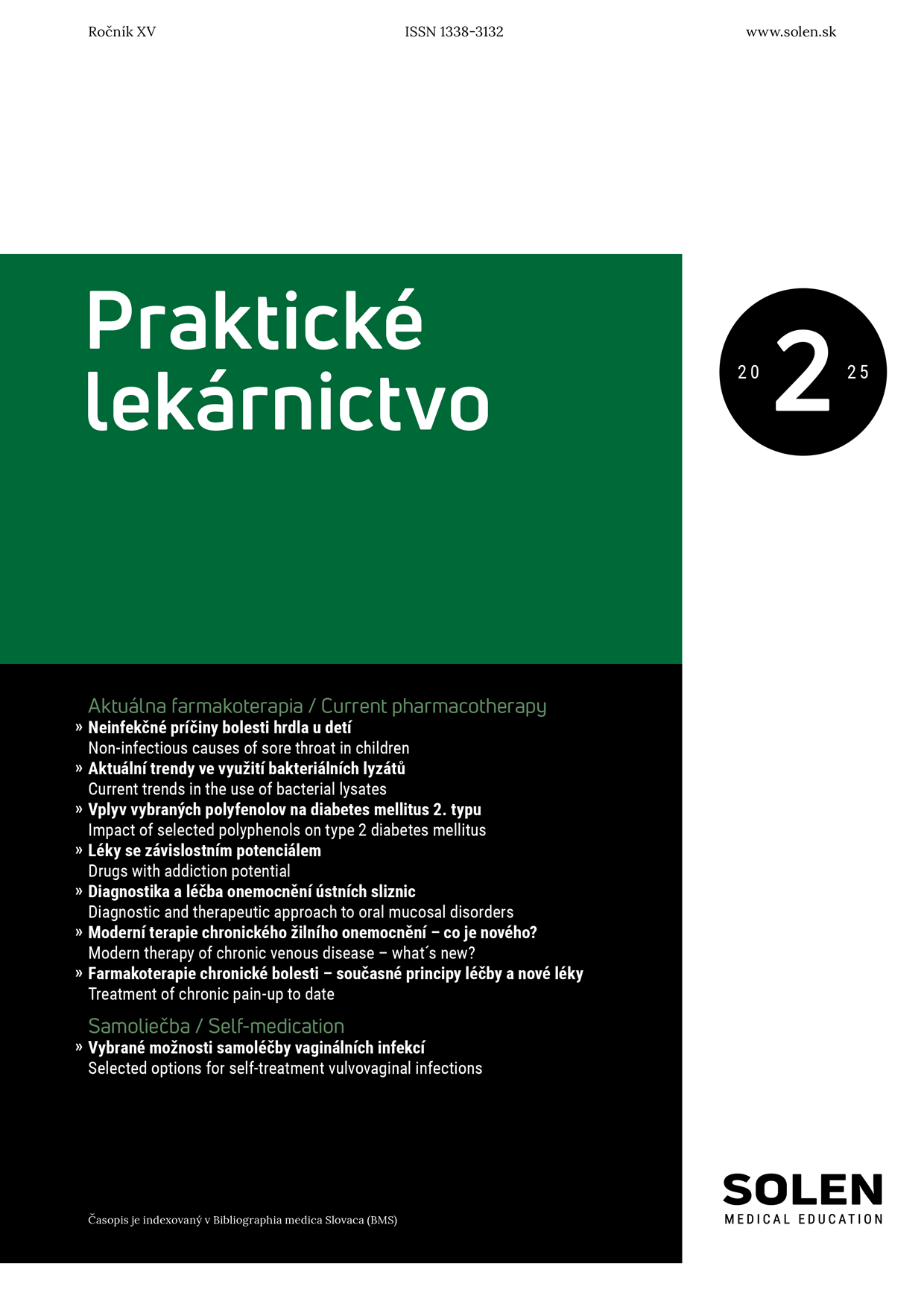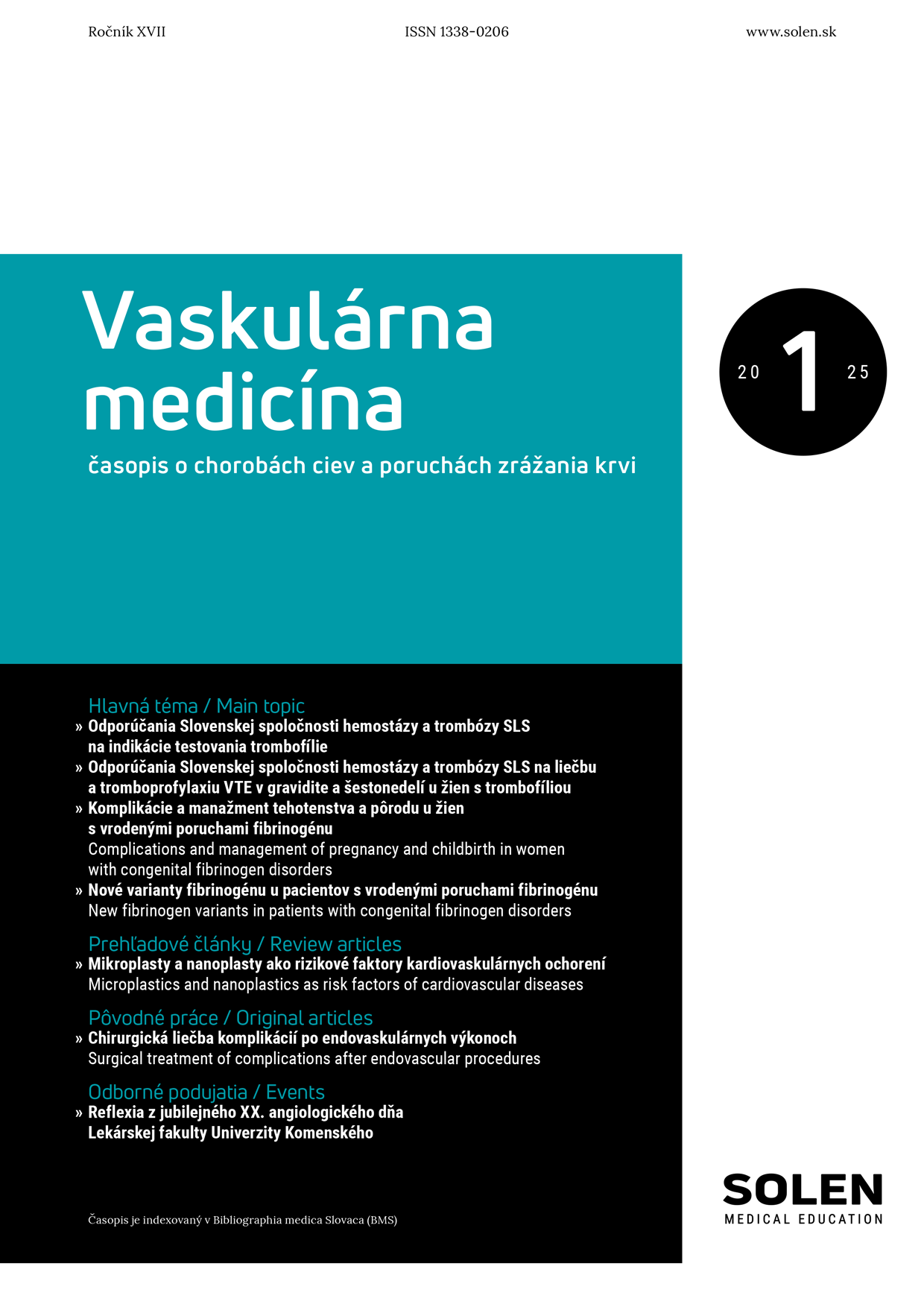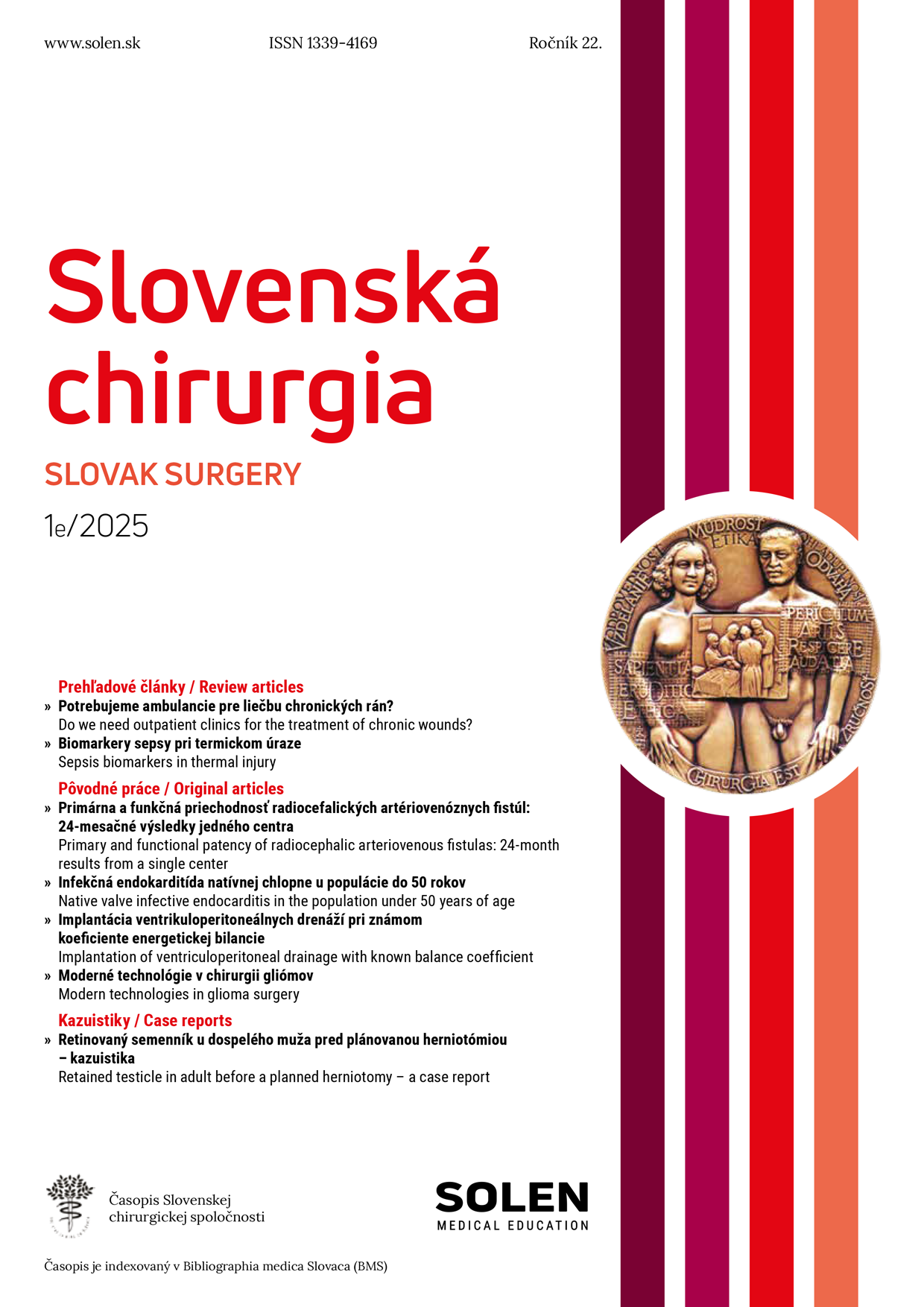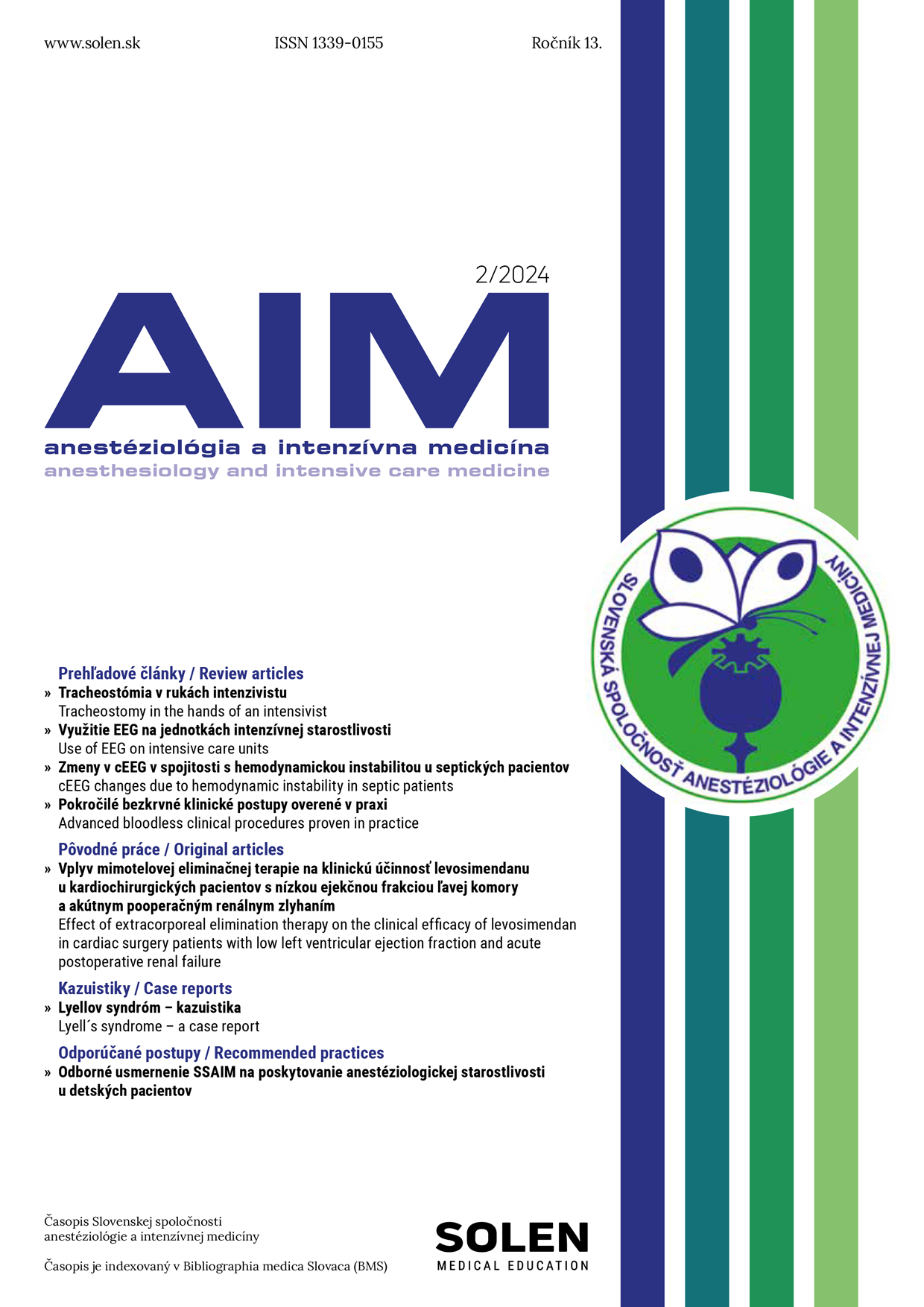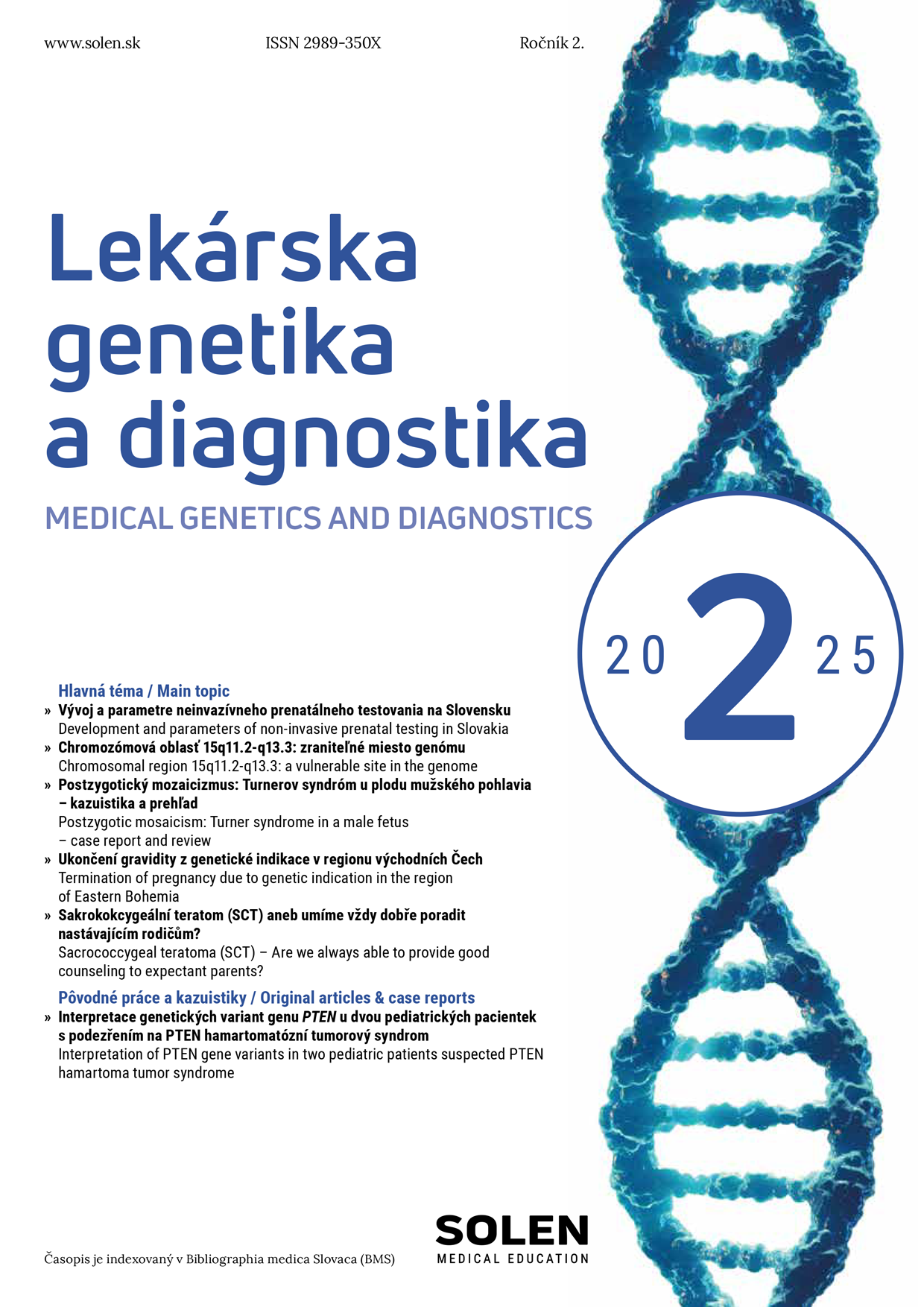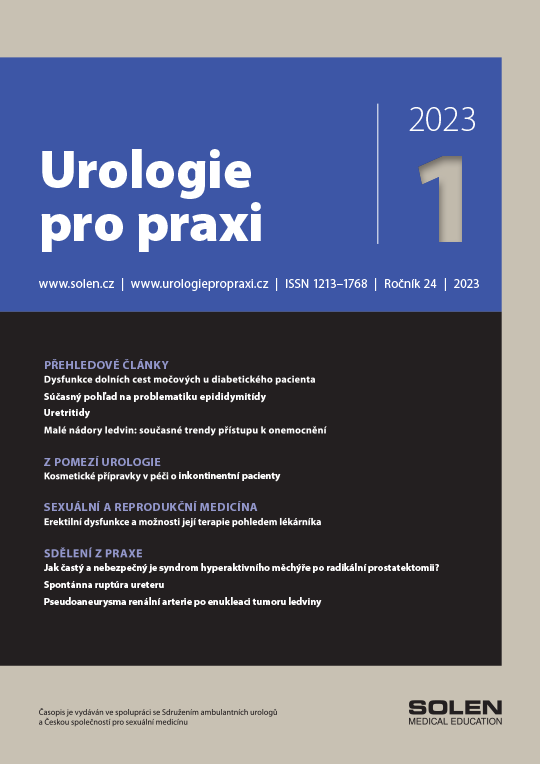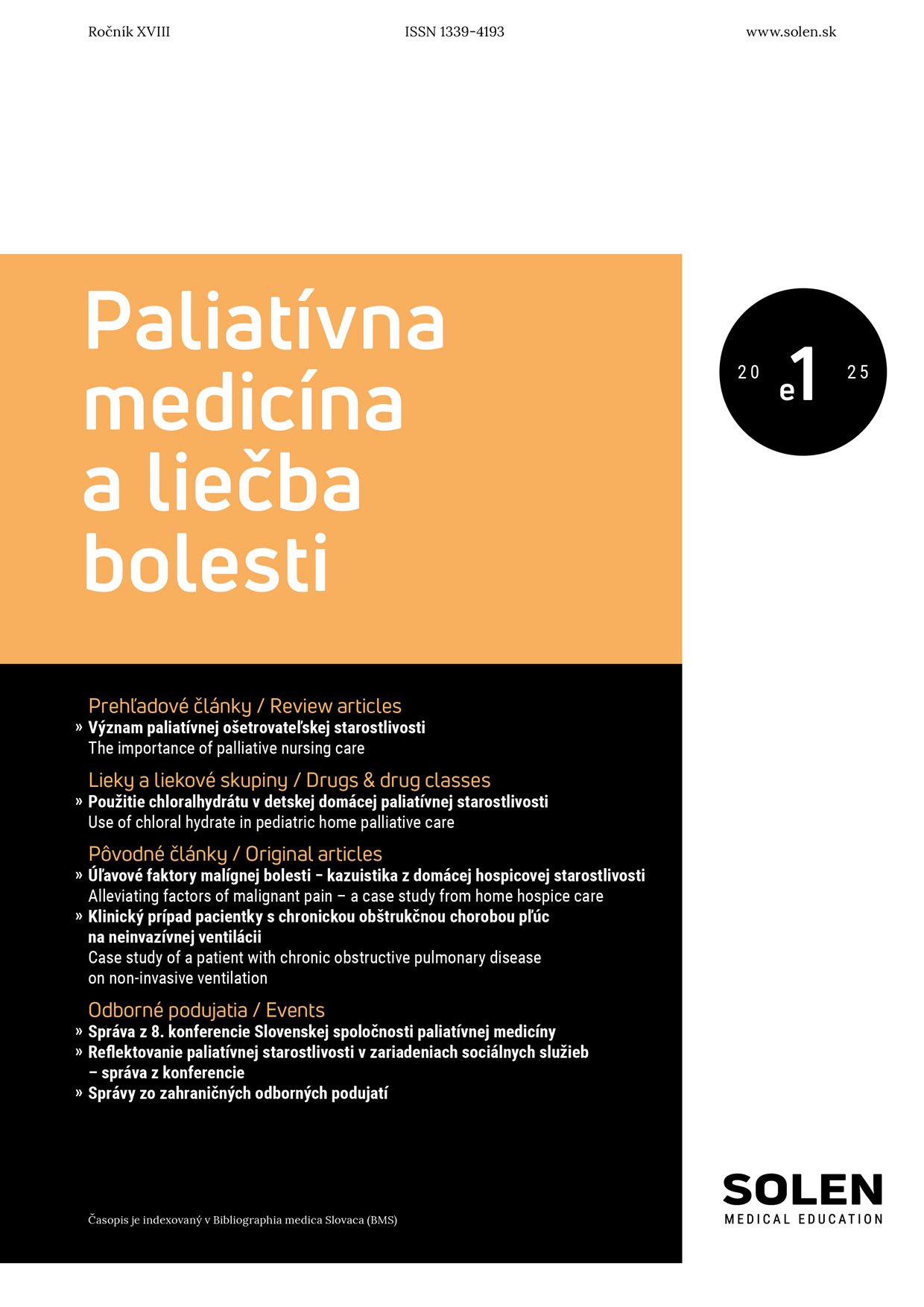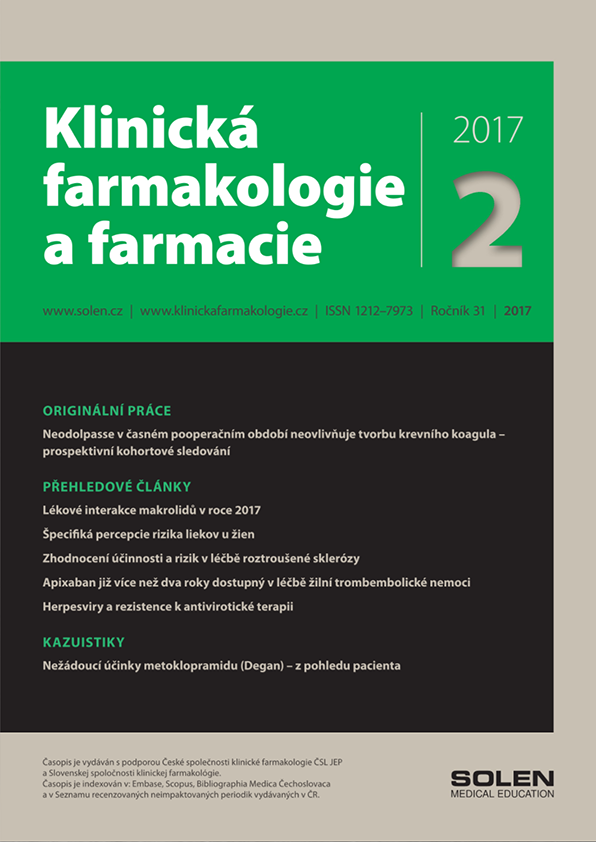Via practica 2/2025
Mechanism of action of antiretroviral drugs inducing secondary osteoporosis
Currently, thanks to the quality treatment of HIV-positive patients, they live to a relatively old age. However, with increasing age and the use of antiretroviral drugs, several secondary comorbidities such as secondary osteoporosis appear in these individuals. The risk of fractures in HIV patients is also higher, increasing about 10 years earlier compared to the general population. Bone loss occurs mainly during the period of viral replication and during immune reconstitution when antiretroviral therapies (ART) are started, both of which increase osteoclast activity. Abnormalities in bone formation and mineralization and a decrease in bone mineral density can also be observed in untreated patients. In patients treated for HIV, therefore, additional supplementation of calcium and vitamin D would be appropriate already at the initiation of treatment with ART, as it can reduce bone loss at this stage. At the same time, antiresorptive treatment is also appropriate for progressive secondary osteoporosis.
Keywords: osteoporosis, bone mineral density, HIV reverse transcriptase inhibitors, HIV protease inhibitors, lactic acid, RANKL-RANK-OPG signaling pathway, antiresorptive agents



